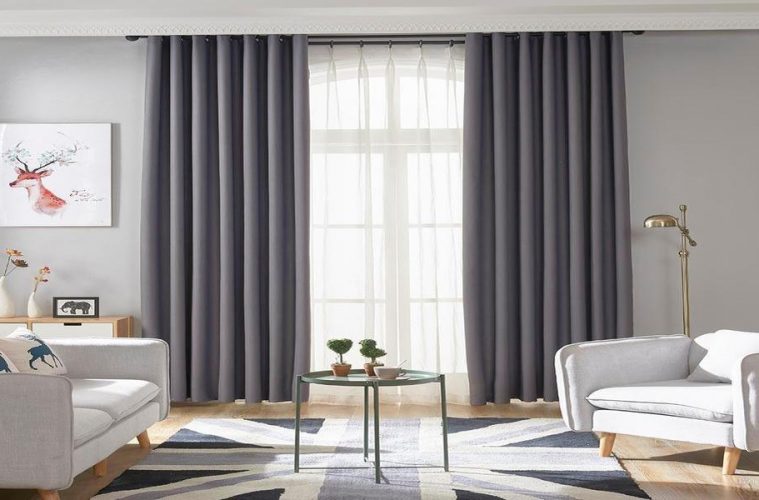When it comes to designing a hotel curtain, every little detail counts. Hotel curtains are not only functional but can also have a significant impact on the guest experience. The right curtains can enhance the ambiance of a room, provide privacy, and even improve sleep quality. On the other hand, poorly chosen or maintained curtains can detract from the overall guest experience.
One important consideration when selecting hotel curtains is the level of light that they allow into the room. Depending on the location of the hotel and the preferences of the guests, blackout curtains or sheer curtains may be more appropriate. Blackout curtains are ideal for rooms that face a busy street or have bright outdoor lighting. They can help to ensure that guests get a good night’s sleep by blocking out external light sources. Sheer curtains, on the other hand, are great for rooms with a view, as they allow natural light to filter in while still providing some privacy.
Another factor to consider when choosing hotel curtains is the overall style of the room. The curtains should complement the decor and color scheme of the space. For example, in a modern hotel room with clean lines and neutral colors, simple curtains with a solid color or subtle pattern may be the best choice. In a more traditional or opulent setting, richly textured curtains with embellishments such as tassels or fringe can add a touch of luxury.
Sustainable Hotel Curtains for Eco-Conscious Guests
As consumers become increasingly aware of the environmental impact of their choices, hotels are responding by incorporating sustainable practices into their operations. This includes everything from reducing water and energy consumption to sourcing eco-friendly products. Hotel curtains are no exception. There are several ways that hotels can make their curtains more sustainable and appealing to eco-conscious guests.
One option is to use curtains made from natural fibers such as cotton, linen, or bamboo. These materials are renewable, biodegradable, and have a lower environmental impact than synthetic fabrics. Another option is to choose curtains that have been dyed using natural or low-impact dyes. Traditional dyes can contain harmful chemicals that can pollute water sources and harm the environment.
Hotels can also consider implementing a program to recycle or repurpose their old curtains. For example, they could donate them to local charities or use them in other parts of the hotel as decorative elements. By choosing sustainable hotel curtains, hotels can show their commitment to environmental stewardship and appeal to guests who prioritize sustainability.
The Art of Custom Hotel Curtains
For hotels looking to create a truly unique guest experience, custom curtains can be a great option. Custom hotel curtains can be designed to reflect the hotel’s brand and aesthetic, incorporating specific colors, patterns, or logos. They can also be tailored to the specific needs of the room, such as providing extra insulation or soundproofing.
Custom hotel curtains can also be a work of art in themselves. Some hotels have commissioned artists to create custom curtains that are not only functional but also visually stunning. For example, the W Hotel in Amsterdam has a series of rooms that feature curtains designed by Dutch artist Barbara Brookman. The curtains depict scenes from Amsterdam’s history and culture and are a standout feature of the rooms.

